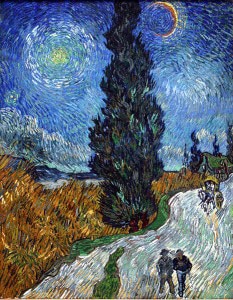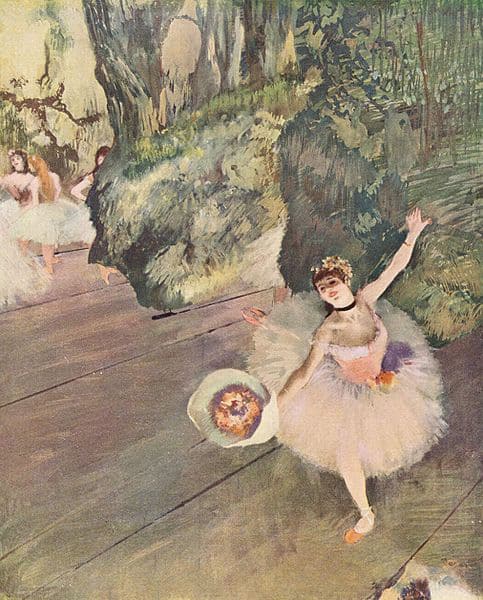By Doug Reynolds, Head of School, and
Julie Reynolds, Director of Curriculum
We are nearing the end of our series on “Joyful Discovery.” We have spent the past few weeks discussing the ways that Charlotte Mason’s pedagogy uniquely shapes our model. The subject we want to focus on today is Picture Study.
Once again, the first thing we must ask is: what exactly is Picture Study?
Is it drawing? Is it art appreciation?
Let’s begin with what it’s not. Picture Study is not instruction in art (we do this separately at Clapham with our art teachers), though it illustrates technical aspects of art such as techniques and mediums. It isn’t exactly art appreciation either. Most traditional art history courses start with instruction; that is, that they tell us what to appreciate about a certain artist or genre, covering 40 slides in a single lecture. Many of us began studying art from that perspective and it allows us to identify different genres or techniques, but true appreciation often came only after numerous visits to museums or in-depth exhibits with time sitting on the well-placed benches in galleries.
At Clapham, in the youngest years of education, we start from the perspective of the observer. The students look for themselves at a painting and pull out the beautiful and unique aspects of the work on their own. They may study a single work for 2 weeks. They read biographies about the artist and the time he or she was living, so students are given the historical context, as well as the background of an artist’s distinctive techniques. But the work of appreciation is done by the children and their own powers of observation. In addition, because we focus on just 2 to 3 artists per year (studying 6 – 8 works of each artist), the students have an opportunity to have deep and careful appreciation of a particular artist.
What are the benefits of this approach?
First, the aesthetic side: “We cannot measure the influence that one or another artist has upon the child’s sense of beauty, upon his power of seeing, as in a picture, the common sights of life; he is enriched more than we know in having really looked at even a single picture.” [1]
Second, this approach improves the habits of attention, observation, and imagination. The students are called to really look, to notice the details, to tell the story of the painting. As with narration, they learn how to “tell back” with precision and confidence what they have seen. This can be done orally or in writing and reinforces the same method of learning that we employ in most other subjects at Clapham. These exercises allow the children to “read” the pictures and draw the details and beauty into their minds. Their observations become their “narrations” of the art and through this they take away an appreciation that lasts.
Third, they gain an appreciation for the artist and his work. This approach puts up the pegs on which to hang more technical information such as the medium, perspective, use of light, broader genre, and even influences of the artist. I (Julie) led a Picture Study in Class 6 last year on Matisse. In the first session, because of their exposure to other artists’ works in previous classes, they could identify Matisse’s imitations of Cezanne and Seurat. They also brainstormed completely and accurately the definition of Fauvism from Matisse’s seminal work simply by looking at his painting of Mrs. Matisse. I suppose they could have simply been given the definition and applied it to the painting, but instead they experienced it for themselves.
Picture Study is inspiring for students, as well as for teachers and parents, and truly strikes at the heart of “Joyful Discovery.” If you would like the chance to see our model in action, through Picture Study or in other ways, we invite you to attend our Open Classroom Day on November 10th.
[1] Mason, Charlotte. Home Education (London: Kegan Paul, Trench, Trubner, 1896, 1930; Wheaton, Ill: Tyndale House, 1989), 309.


